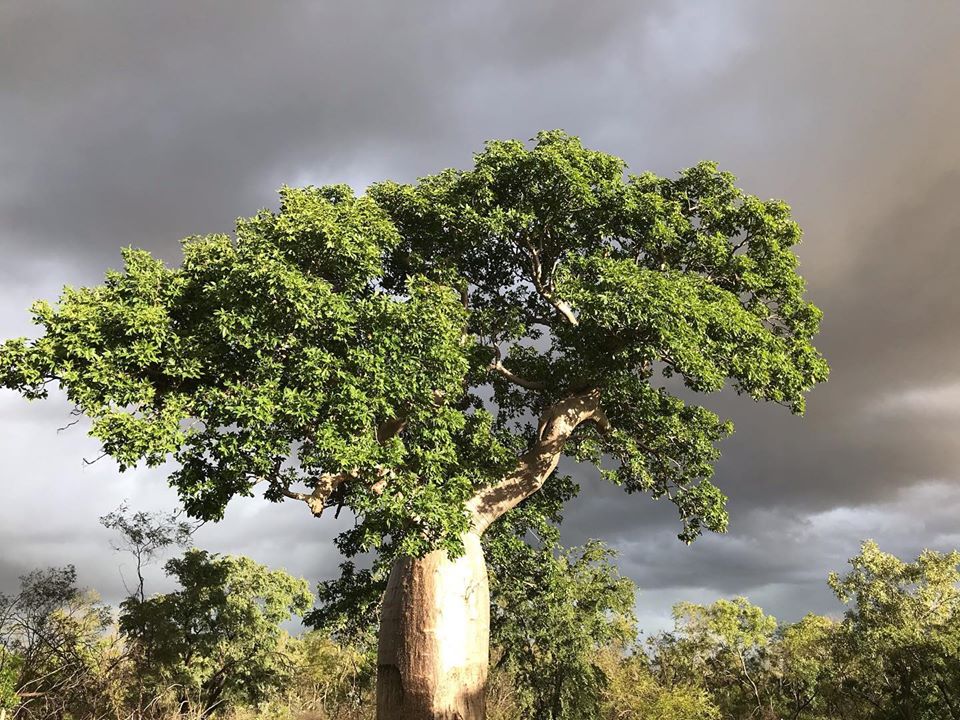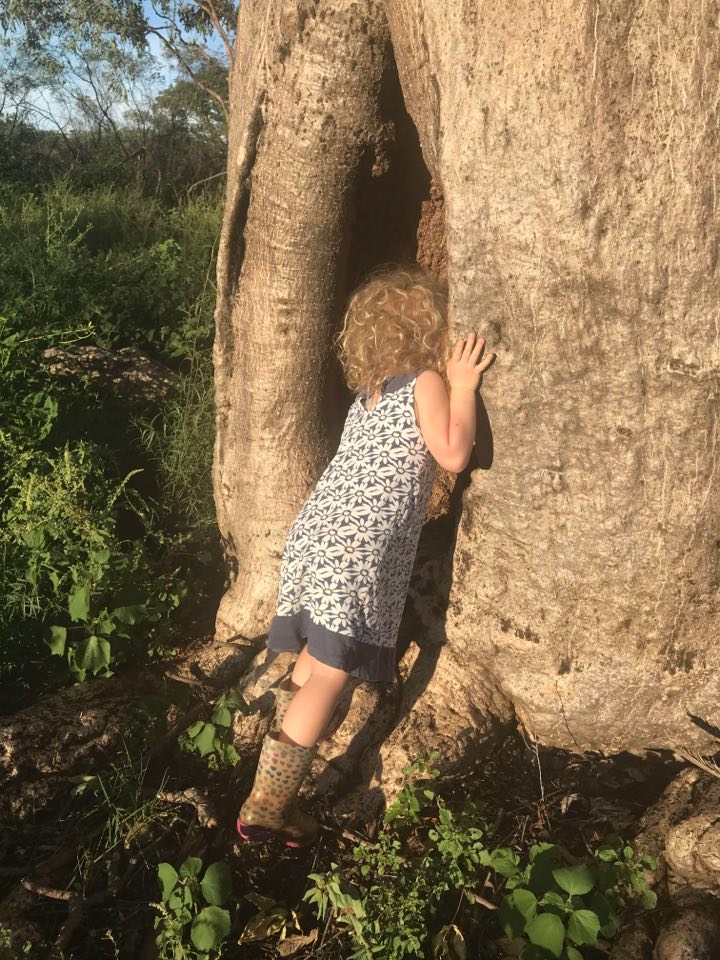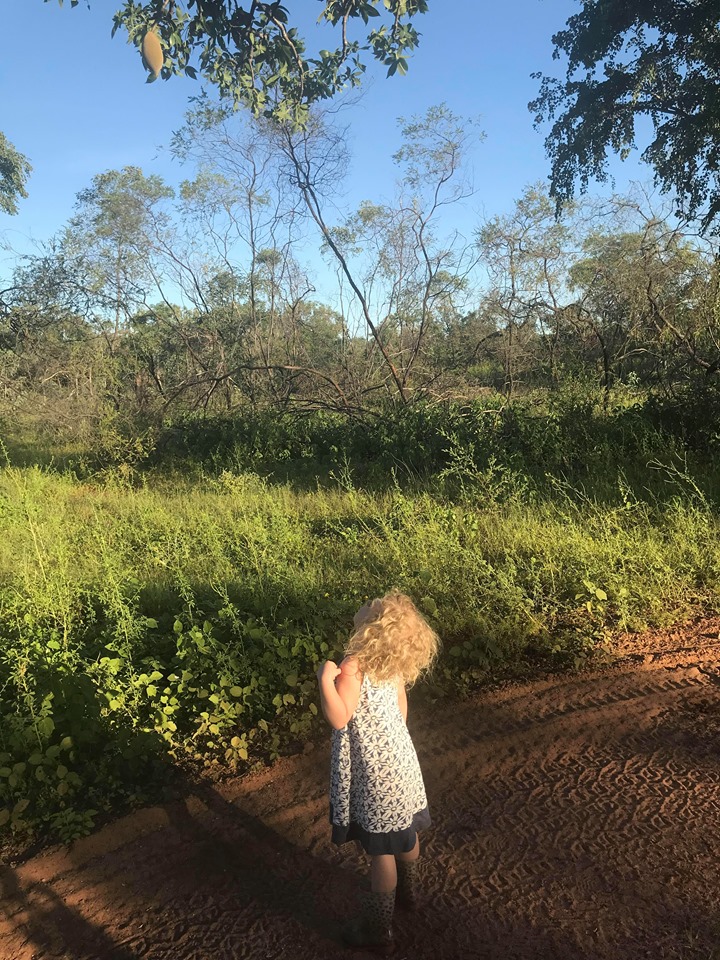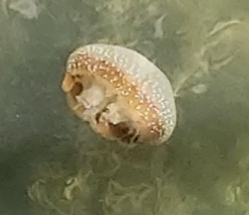
I’ve been thinking a lot, these days, about children, and their need for immersion in the natural world. It’s not a new thought-thread, but its gaining momentum. As I spend more time with my family’s small people, I see a chance they’ll grow up distanced from the natural world, well away from the kind of free-range childhood I enjoyed.
“You’ve never swum with jellyfish?” I ask, as we head to the river. I’m not sure who is more astonished. The question’s analysed from two entirely different perspectives. Mine, that I would need to ask, and theirs; that anyone would happily share the water with anything mysterious, gelatinous and probably frightening.
References to “nature deficit disorder” keep jumping out at me from popular literature and news. Even a brief look at more scholarly sources finds rich discussion around children’s need to engage with the natural world. Research shows that optimal cognitive, emotional and physical development depends on our human connection with the elements; with ecologies and animals and understanding “place” within our biosphere.

We kind of knew this already. But as opportunities for children’s spontaneous immersion in nature decline, the topics of nature-play and “nature deficit disorder” gain focus within child psychology and health.
The principles are these:
- We are our senses. In nature, our senses are acute and highly interpretive; weaving connections between sound, touch, smell and vision (long, as well as close). We read the land, water, animals and landscape; interpret threat or opportunity, calculate our relationship to our immediate surroundings, live in the moment and experience the world directly. We are alive.
- This kind of heightened sensory input and coordination develops us neurologically. Direct experience teaches us to pay attention, observe and interpret. We refine language, and our ability to classify and describe, within a natural environment independent of technological artifice. We are of this world; we evolved to survive within this sensory universe. Immersed, we reconnect or develop our reality and identity. Time in nature is restorative. We are wired to respond to our natural environment, our first home.
- Intelligence of our natural world develops creativity and imagination. When they develop a strong sense of place and their physical relationship to nature, children grow intellectual connections and consciousness that nurtures creativity. Playfulness and resourcefulness spring from knowing and discovering the potential of natural surroundings.
- Through nature we develop empathy for other life forms and ultimately, fellow humans. To observe and interact with other life is to understand better their relationship to a shared world, and their importance in ecosystems.
- This is wonder. Nature’s wealth of discovery and potential feeds optimism, and the sense that the seemingly magical can be real. When you are a part of something wonderful, isn’t tomorrow full of hope?
I’ve learnt a new phrase, and it’s caught my imagination. There’s an expression to describe the type of engagement a child (or adult) will feel when observing or experiencing nature.
Soft fascination – the effortless and restorative attention to the natural world that lifts and calms us.

While we’ve always known, or felt, that ‘getting away’ in nature can do us good, there is now objective proof that our physiological and emotional states need relief from the “directed attention” that much of our urban and technological life demands.
This includes children.
Interesting work is happening around ADHD (Attention Deficit Hyperactivity Disorder) and related conditions that focus on ‘nature therapy’ and lifestyle adjustments to counter the disconnection between modern children and the natural world.
As for the jellyfish… they were smooth, the ones stranded on low-tide river sand. This type may not sting, if you are careful. See? You can touch their backs; they are firm and real, as you are. Their graceful dance in water. This is their home, flowing in from the Indian Ocean. Yes, that ocean up around the bend in the land.

Three heads raise and map out the wooded point. If you pay attention, you can share the water. You have eyes. Use them. Kick carefully in the brown, salty water to keep your distance. Emboldened. Now, it seems, jellies are awesome. If we are lucky, we’ll swim together again.
Images: @pindanpinupphotography
An inspiring read and a reminder of the connectedness of all beings. I especially feel strongly about your point regarding the need/opportunities for children to develop empathy for other life forms. Experiencing the connectedness between themselves and nature through their immersion in nature and all forms of sentient beings develops compassion and a love for all life essential for the survival of a sane world.
LikeLike
Thanks for your comments, Victoria. Yes, the sense of connection and empathy is a gift all children deserve.
LikeLike
‘Soft fascination’ is a beautiful phrase that really does capture the calming sensation I experience when I’m in the bush. While we do take our grandchildren into the bush and to nature playgrounds, your story has inspired me to do more. Thank you.
LikeLike
Thanks Jackie. Isn’t it a wonderful expression? there’s some great published research around the phrase. I’m loving the popularity of bush schools too, and the fact that they appear to have great educational outcomes, and happy children.
LikeLike
As I have recently had a sensory encounter with a jelly fish entering the bathers as one swims in rough oceans. I can concur about the self-fascination of the sensory input of the animals’ actions!
LikeLike
Flisseff, I have had a similar experience with the lingering welts to prove. I’m not sure about fascinating, but it was certainly enlivening! Thx for sharing your experience!
LikeLike